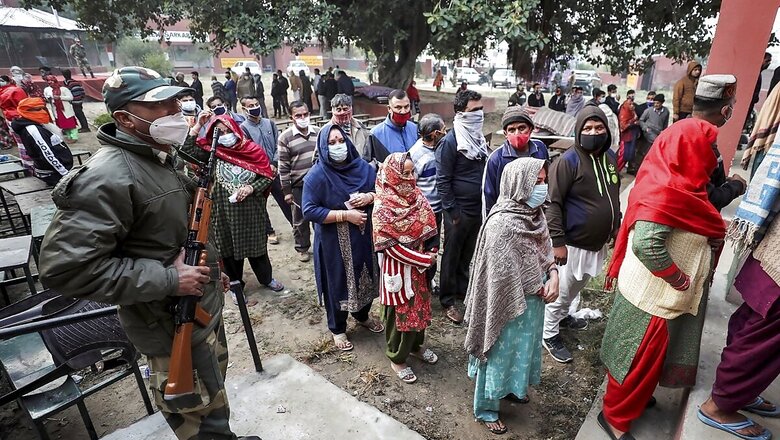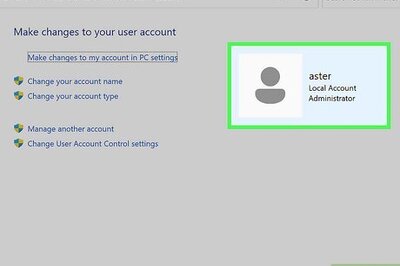
views
Several Kashmir observers and political commentators have underscored the importance of District Development Council (DDC) polls in Jammu and Kashmir, whose results were announced on Wednesday. In the Union Territory which does not have an elected assembly right now, and is in the middle of a delimitation exercise, the first major democratic exercise after the abrogation of Article 370 is being hailed as opening ground for more grassroots-based political activity in future.
But how does one interpret the results, in which for the first-time arch rivals like the PDP and NC fought together, along with five other regional parties, as Peoples’ Alliance for Gupkar Declaration (PAGD)? Did the BJP, which emerged as the single largest party and showed a grip over Hindu dominated areas, though it failed to make a dent in Kashmir, come out stronger than its rivals?
According to Dipankar Sengupta, professor of economics at University of Jammu, that’s not the question one should be asking.
“There is a very clear difference in how PAGD and others campaigned in these polls. While PAGD made this into a referendum on the abrogation of article 370, BJP and others asked votes in the name of development. Now PAGD, the coalition of seven regional parties, got less than half of the total seats up for grabs. The question we need to be asking ourselves is what did this coalition achieve? Did it come a cropper,” remarks Prof Sengupta.
He adds that there was a story to be read in the participation of people as well. “If you leave out areas such as Shopian and Pulwama, you’ll see that not just Jammu but Kashmir also participated in these elections in healthy numbers. And these elections have been made possible by extension of the Constitution to Jammu and Kashmir,” he adds.
While it may be wrong to compare the voter turnout in DDC polls with the previous elections, the voter turn out in Kashmir was 34%, which is over one-and-a-half times the poll percentage in the last elections in Kashmir, the 2019 general elections, in which 19.2% people in the Valley voted. Though, on the flipside, the voter turnout in Jammu in DDC polls was registered at 68.4%, lesser than 71.4% registered in last general elections.
One thing that hasn’t changed in Jammu and Kashmir, as many political observers have pointed out, is the trend of continued polarisation, with BJP dominating in Hindu areas and regional parties dominating in Muslim majority areas.
To give a sense of how poorly the Gupkar alliance has done, Sengupta argues that if the results of the last assembly polls are taken into account, the PAGD should have won 62-63 out of the 83 assembly segments, “but in the DDC polls, out of 280, they are not even at 140. They have been reduced to 110 seats, as per the latest data. It shows that their poll plank – the complete rollback of abrogation of article 370 – failed at the grassroots level,” Sengupta adds.
Read all the Latest News, Breaking News and Coronavirus News here




















Comments
0 comment